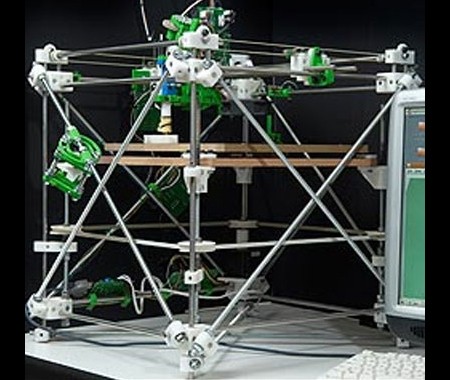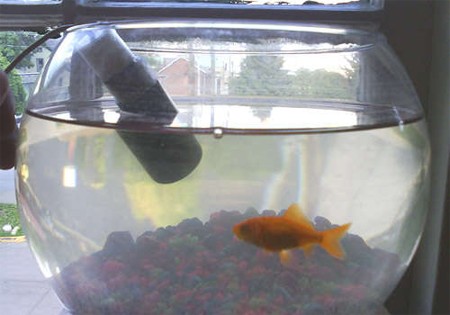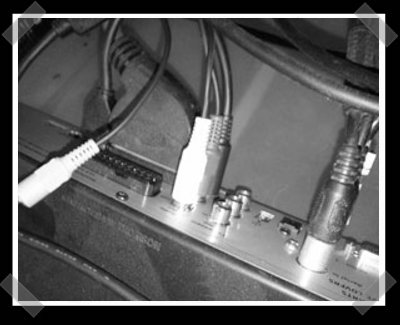
Beer kegs are several things. They are expensive, heavy, but most importantly delicious. We found a nice guide for creating your own 3 liter beer keg. This is an inexpensive solution for homebrewers looking to keg their own beer.
The guide goes into detail on assembly and parts needed to create the bottle adapter. Most of the parts can be picked up locally or through MoreBeer.com. CO2 cartridges are used to pressurize the bottle. To keep everything cool you can use a standard water cooler with a few simple modifications. The 3 liter bottle is too tall for some coolers so you’ll need to cut a hole in the lid. Add a piece of aluminum covered styrofoam to the top and bottom, toss in some ice, and your brew should stay cold for about 3 hours.
The author does note that this is not recommended for long term storage. So drink up!
















